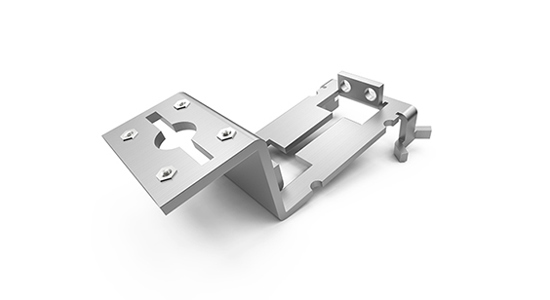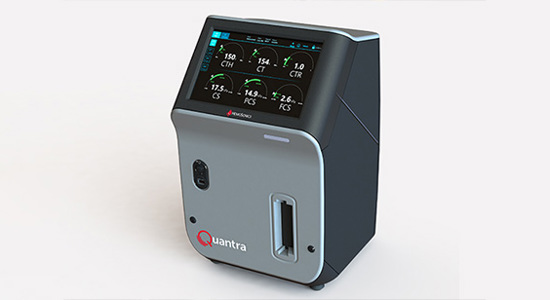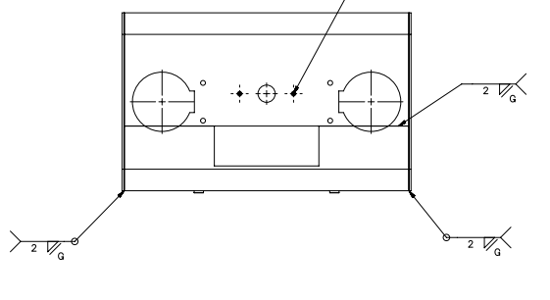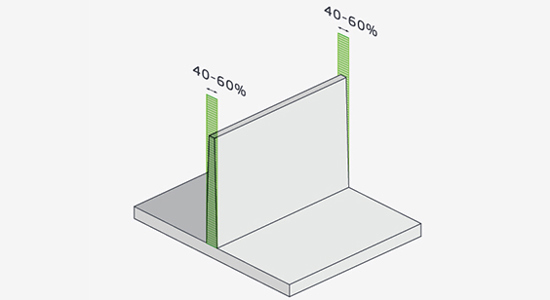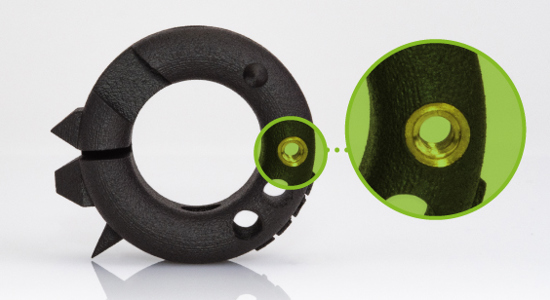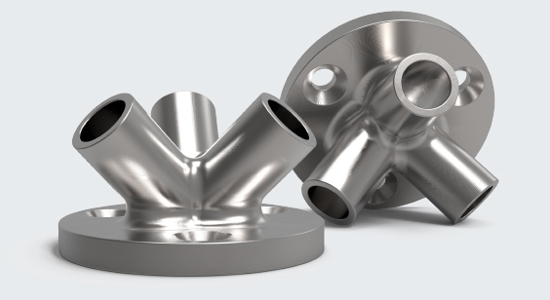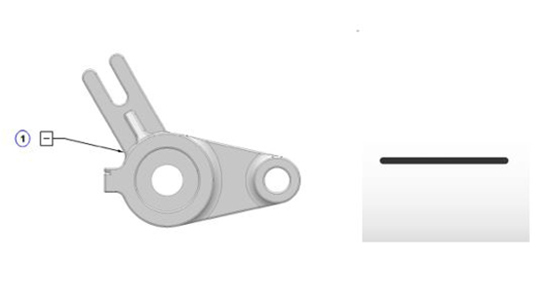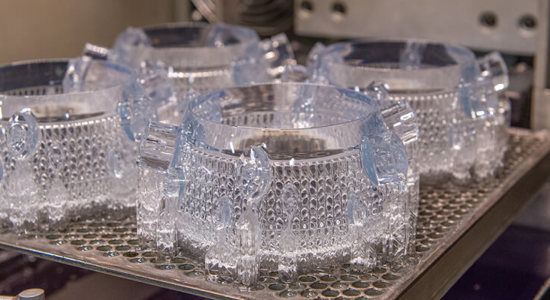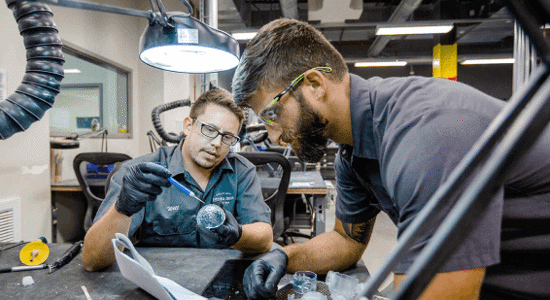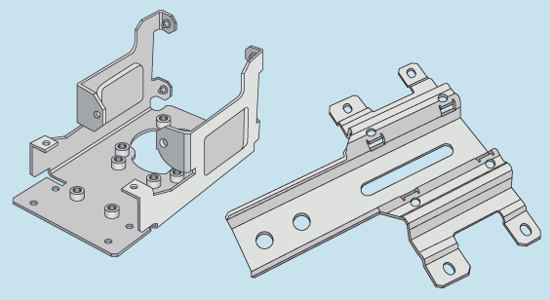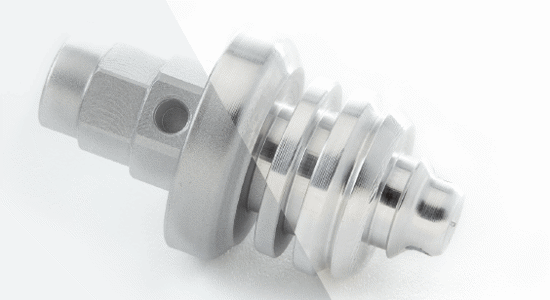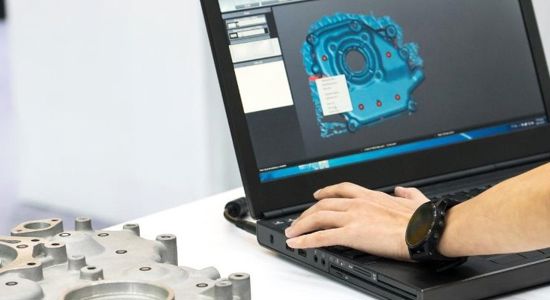
-
Services
Services

Coated Parts in as Fast as 4 days!
Get machined parts anodized and chromate plated with our quick-turn finishing option. Eligible materials include aluminum 6061/6082 and 7075.
-
Materials
MaterialsMaterial by ServiceInjection MoldingMolded plastic prototypes and production partsCNC MachiningMachined prototypes and production parts in as fast as 1 day3D PrintingAdditive manufacturing for quality plastic and metal partsSheet MetalFlat and formed sheet metal for custom partsMaterial by TypePlasticsVarious grades of plastics across molding, machining, and 3D printingMetalsExtensive library of metal materials for machining, sheet metal fabrication, and 3D printingElastomersFlexible materials for injection molding and 3D printingColorsView color options for each manufacturing serviceCustomer-supplied ResinGuidelines on how to supply custom resin for your next project

Definitive Guide to
CNC MachiningOur downloadable guide offers tips on optimizing your design for machining, tolerances and threading considerations, choosing the right material for your parts, and much more.
-
Resources
ResourcesDesign TipsAdvice on common manufacturability issues and material selectionToolkitsResources to optimize your parts from prototyping to productionGuides and Trend ReportsIn-depth guides and reports on a range of digital manufacturing topicsCase StudiesReal-world success stories from innovative companiesDesign AidsGet physical tools and resources to improve part designEventsJoin industry events and on-demand or live webinarsBlogYour source for design resources, in-depth features, and industry newsVideosExplore our facilities, technologies, material selection, and moreFAQsAnswers to common questions across our service linesIndustriesLearn how major industries use digital manufacturingEducators and StudentsResources for the classroom and aspiring engineersGlossaryQuick definitions of common manufacturing terms and acronymsHelp CenterGet assistance with our digital quoting and manufacturing analysis platforms

Design Cube
Our helpful design aid demonstrates part features that are too thin or too thick, bad bosses, right and wrong ribs, and other considerations to be mindful of while designing parts for injection molding.
-
About Us
Contact Us
Proto Labs, Inc.
5540 Pioneer Creek Dr.
Maple Plain, MN 55359
United States
P: 877-479-3680
F: 763-479-2679
E: [email protected]
A New Digital
Manufacturing ModelOur digital factories create prototypes and low-volume parts fast, while our manufacturing network, offers advanced capabilities and volume pricing.
-

